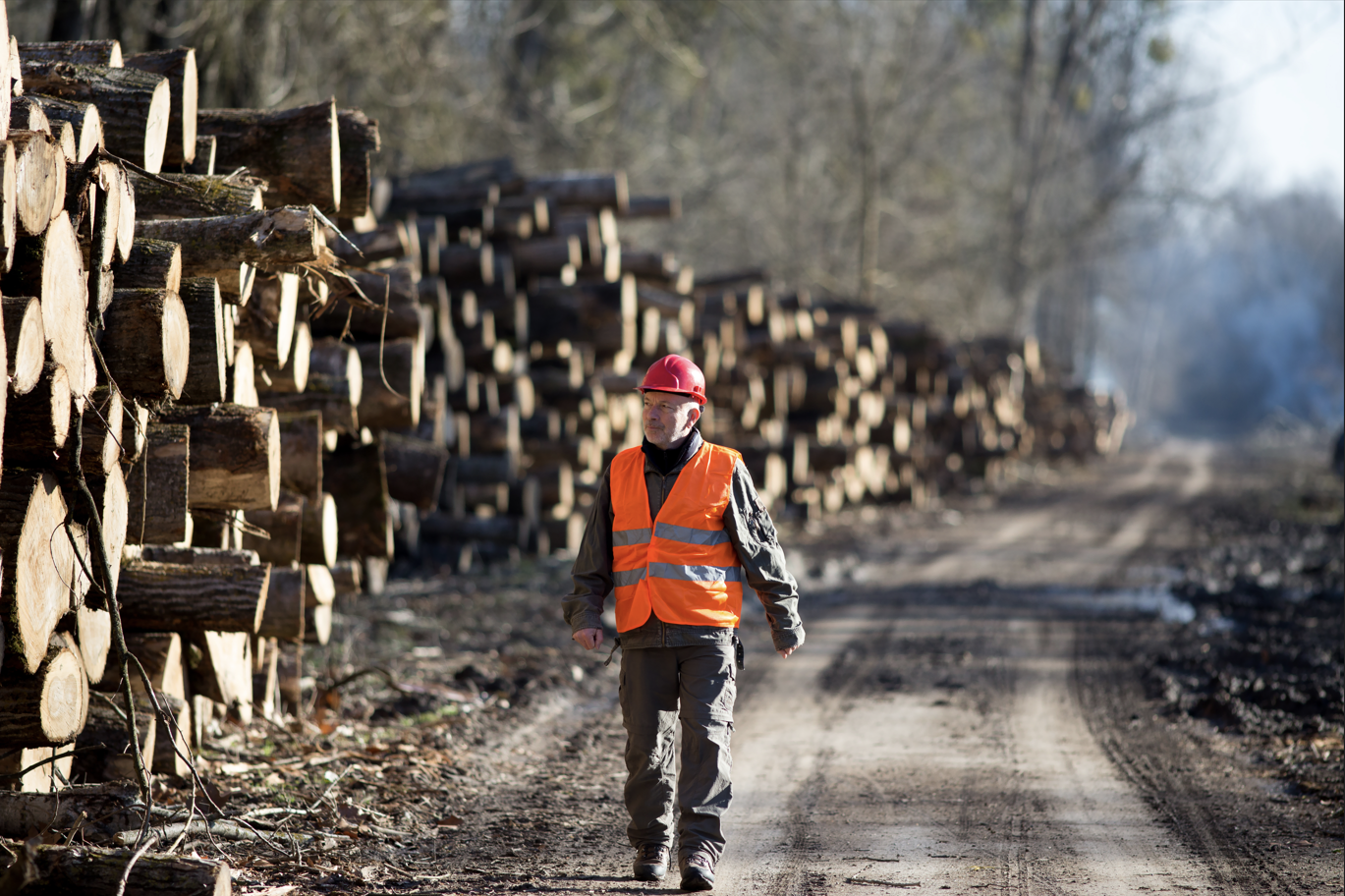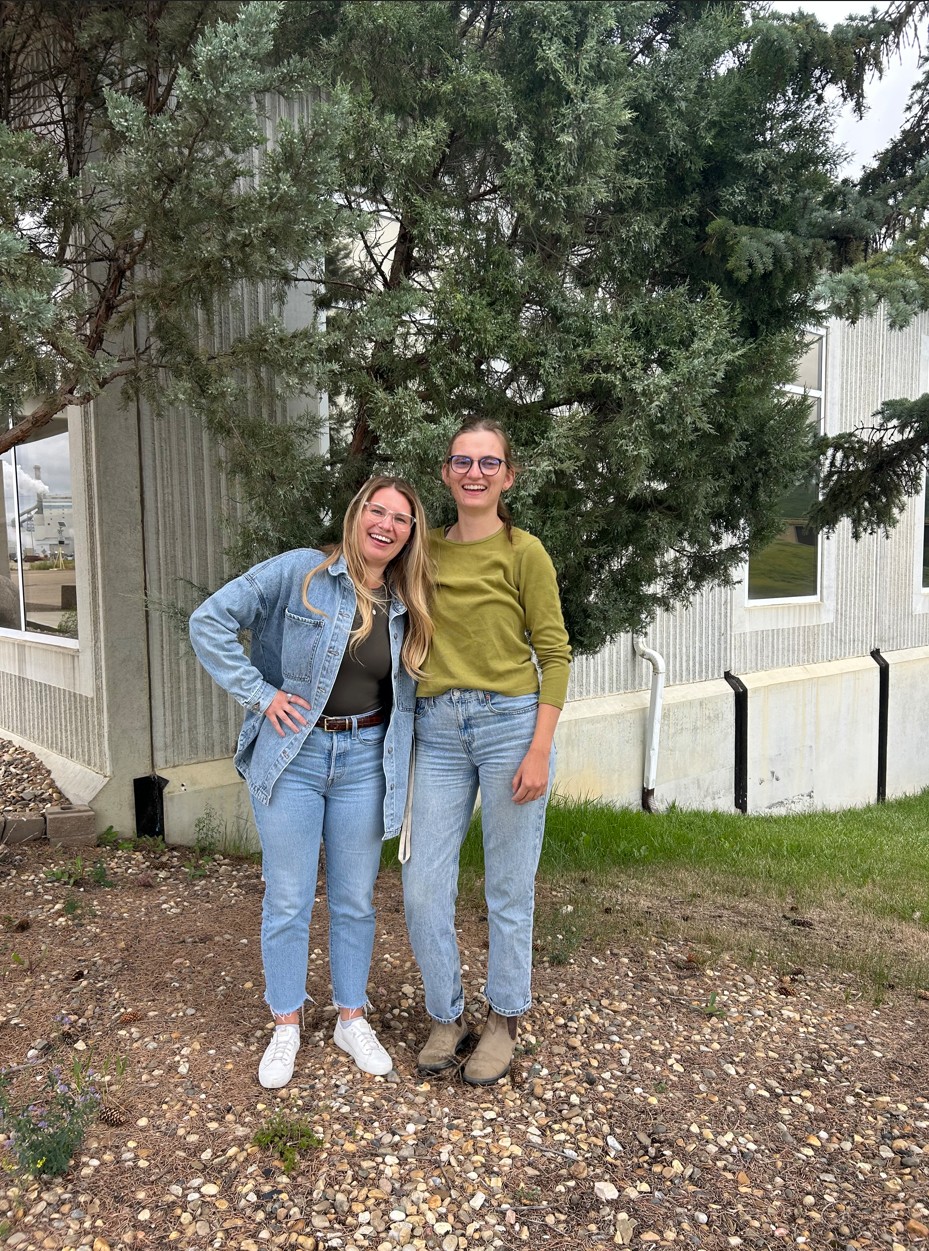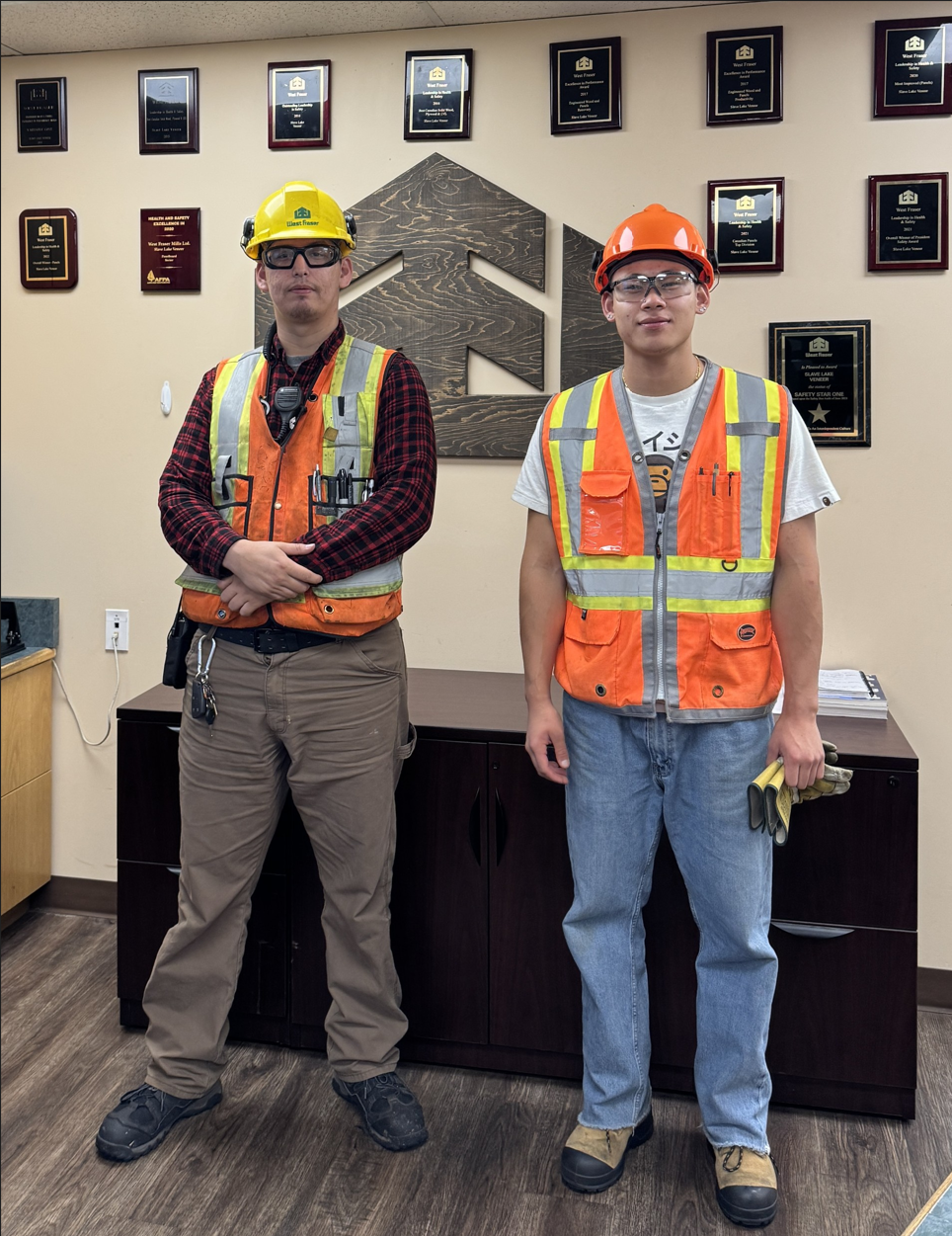One of the nice things about working for Tolko in High Level is that there is room for us to try out different positions throughout the summer. A couple weeks ago, I had the opportunity to try out silviculture, which is the post-operation side of the woodlands department.
While working in silviculture, I learned about the processes that our company goes through to ensure the proper replantation of cut blocks. At first, we learned that as a silviculture student, we would be checking the quality of the planted trees done by tree planters. This job consisted of throwing down roughly 5-25 plots per block, depending on the size, within which we would count the number of trees planted and dig up 2 trees to check the quality of the plant. For plotting, we use a plot cord which we can hook around our planting shovel or a stick in the middle, then proceed to walk around the entire length of the plot cord in a circle, counting all the trees within. At first, I will admit it was difficult to spot the trees, but after a few plots your eyes will adjust to the baby saplings around you!

It was a nice change to be working in open cut blocks compared to the thick forests which I am usually walking through. It was a much lower risk of getting lost!
I found working for silviculture rewarding because I was a part of the process that puts the forest back the way it was originally. I also learned that silviculture isn’t just planting checks right after the tree planters’ plant, but that cut blocks are checked for 14 years after the plant has been completed. They follow up with blocks for this long because there are lots of changes that can happen that will affect the growth of the new trees. Grass and aspen, for example, are faster growing species than spruce. If these plants enter the planted blocks and begin thriving in the environment, this could potentially stunt and slow the growth of the spruce sapling because they will now be shaded out by these species. By checking on these blocks, Tolko can try to prevent these species from taking over, while also ensuring that the spruce trees are alive and well.

Silviculture is different from layout in terms of accessibility of the cut blocks. Majority of silviculture blocks this year were helicopter access, meaning I was in the helicopter every day for an entire week! Helicopter access is my favourite because we get to see so much from the sky that we can’t when we are only walking or quadding into blocks. I especially enjoyed one of our silviculture days because we had a puppy passenger in the helicopter! To save the pilot trips back and forth from camp, we get to tag along with tree planters in their areas, which was when we met the dog! It was good to learn from the tree planters as well and some of their tricks for surviving long days out in the sun. We got to tour the tree planting camps and the offices they have in the bush. I can say that tree planters work very hard, and I was spoiled only having to replant maybe 20 trees a day!


In conclusion, I enjoyed my time on silviculture, and I was happy to learn the ropes of the other main side of Tolko Woodlands. In the future, I would love to return to silviculture and potentially do checks on older blocks to see how that process is different from the early planting checks!










.jpeg)

